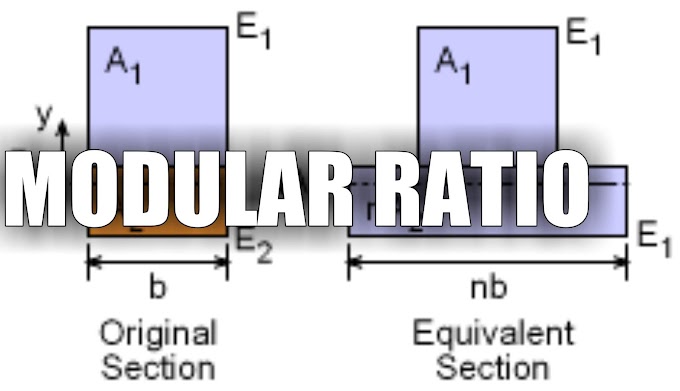Earlier, the surveyor went all round the land to prepare maps. All countries established national institutions to prepare maps. Topographical maps are available for all places in India. Maps are used as the language of simple geography. Separate maps are used to show different attributes like roads, railways, crop data, etc. The process of map making and updating the information on maps by conventional methods is laborious and is prone to errors. Searching for a required map is a time-consuming process.
The technological development and the progress of the geographical world are taking place at a very fast rate. In this modern era of computers, geographical information is digitized and stored. At the press of a key, any map and the required information of that area can be obtained. Geographical Information System (GIS) may be defined as a computer-based information system that attempts to capture, store, manipulate, analyze, and display spatially referenced and associated data.
DATA FOR GIS
The GIS data consists of two-different data, namely, spatial and attribute. Spatial data is in the form of a vector used for map-making. Attribute data is in the form of charts, tables, or descriptive text about the places located on the map. Data for a GIS can be derived from many alternative sources. It can be gathered directly in the field by conducting a survey using a total station. But it is a very costly and time-consuming process. Generally, data is derived from the already available sources, such as topographic maps,
aerial photographs. Nowadays, data is collected from remote sensing using satellite pictures. For any GIS data, the files created are topological data, coordinate files, and files with attribute data. Once GIS is developed, the user may receive information easily at the click on the computer.
AREAS OF GIS APPLICATIONS
Some of the areas of GIS applications are
1. The layout of residential areas
2. Location of the market, industrial, cultural centers, and other utilities.
3. Roads
4. Rail routes
5. Land use of different crops
6. Drainage systems
7. Streams and river basins
8. Lakes
9. Dams and canals
10. Risk assessment
GIS BASED SOFTWARES
Many of the GIS-based software are commercially available which can operate on Windows, Unix and Macintosh platforms. Most of the data for GIS packages are from remote sensing systems, mounted in aircraft and satellites. This data is to be processed and held along with geographical data. The spatial and non-spatial data along with vectorial data are to be processed for developing application capabilities. Applications involve analyzing and producing output information. Hence, GIS-based software has several modules integrated to produce the desired output. Various modules required are for
1. Interface with remote sensing.
2. Image processing.
3. Vector-based package capable of holding both spatial and non-spatial data.
4. Digitizing and editing capability.
5. Capability to manage tabular data.
6. Analysis module.
7. Capability for editing so as to add legends, free texts, and logos, etc.
8. Modeling capabilities like calculation of slopes, curve and contour fittings.
9. Provision for Geo-coding.
Some of the GIS software packages available are listed below :
1. Arc/Info—developed by Environmental Systems Research Institute (ESRI), Redlands,
California, USA
2. PAMAP GIS—a product of PAMAP Graphics Limited, Canada
3. GENAMAP—marketed by Genisys, an international developer.
4. SPANS—Spatial Analysis System developed by TYDAC Technologies, Canada
5. INTERGRAPH MGE
6. ISRO GIS—developed by Indian Space Research Organization
7. Idrisi GIS—developed by Clark University, USA.
GIS BASED SOFTWARES
Auto-Civil is a software having several modules to handle many civil engineering analysis and designs. One of these modules is surveying. It has the capability to develop contours when the levels of various points in an area are given. The contour interval can be easily changed. The input can by keying or from total station data recording. The software is capable of giving earthwork (volume of earthwork) involved in project work if formation-level information is supplied.
The auto plotter is the advanced version of Auto-civil. It is having advanced facilities and to get information plotted. It is quite useful for roads, railways, and canal alignment projects.





0 Comments